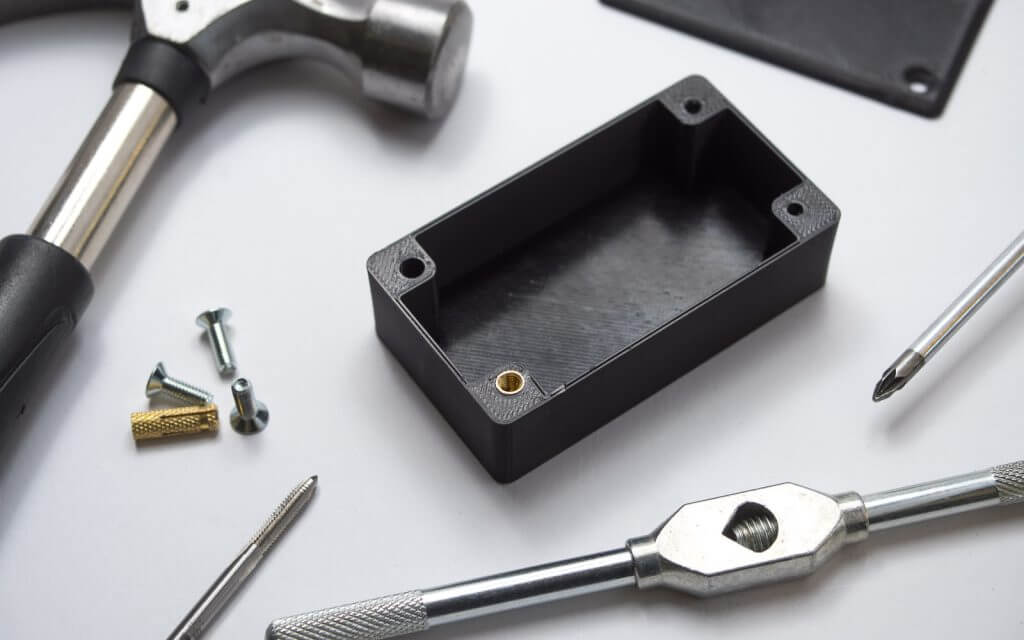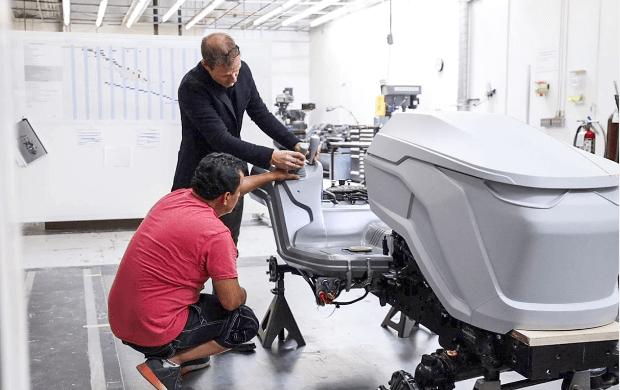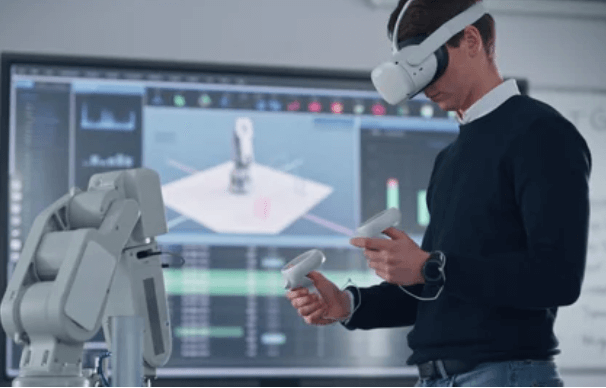Prototyping In Industrial Design
Industrial design prototyping acts as a bridge connecting the initial concept design with the production stage of manufacturing. It progresses iteratively in sync with product design, ensuring the development process remains true to its intended design and performance.
Production-Ready Prototypes
In the fast-paced world of product design, designers are striving to accelerate the transition from concept to production. Industrial design prototyping serves as the initial step in transforming ideas into tangible products, enabling exploration of manufacturability and moving designs towards production-ready prototypes. This prototyping process encompasses various applications, including proof of concept, visual presentation, functional testing, engineering and production validation. It effectively communicates design intent, functional usability, material feasibility, and the product’s working mechanism and performance to manufacturers and product engineers.

Get Help From Prototyping Experts For Your Industrial Design
To enhance the product design process, it is beneficial to engage professional assistance from a company with a proven track record in prototyping and manufacturing. By partnering with prototype technology experts, you can find solutions for complex processes like machining, molding, finishing, and surface treatment. This collaboration allows for the evaluation and improvement of design viability, as well as the identification and resolution of potential issues.
KevoRapid, a leading rapid manufacturer, specializes in rapid prototyping and low volume manufacturing of plastic and metal parts. With our comprehensive services, we can meet all your stringent design requirements, ensuring thorough testing, evaluation, and refinement of your product design.


Why Prototyping Is Essential To Good Product Design?
Prototyping Will Bring Your Designs To Life
Industrial design prototyping enhances team collaboration, problem-solving, and design improvement. The benefits and applications of prototyping outweigh the additional time and effort invested.
The Application And Advantages Of Prototyping In Industrial Design
Industrial design prototyping enhances team collaboration, problem-solving, and design improvement. The benefits and applications of prototyping outweigh the additional time and effort invested.

Design Discussion
Effective communication is vital in product design. Visualization plays a crucial role in expressing and discussing designs. Prototypes serve as specific objects for detailed discussions, making information clearer and visuals more realistic. They offer irreplaceable advantages in team communication and collaboration throughout the entire design process.
Design Optimization
Prototypes play a dual role in the design process. They visually represent the design, enabling timely identification of issues and gathering feedback for optimized product iterations. Additionally, reverse engineering techniques are employed to scan prototypes and obtain 3D model data, facilitating analysis and design refinement. Through visual evaluation, prototyping ensures enhanced design efficiency and an overall appealing aesthetic.


Design Testing
The goal of design testing is to quickly obtain feedback on the usability of product design prototypes. It is essential to create precise functional prototypes for the evaluation process. Through a series of scenario tests, including form, fit, function, materials, strength, tolerances, assemblies, usage functions, working mechanisms, and potential costs, the design can be evaluated to ensure it meets expected specifications and is suitable for manufacturing.
Design Verification
Prototyping and manufacturing are vital in the product design phase for engineering and design verification. They facilitate the progression from proof-of-concept models to high-quality engineering prototypes and pre-production samples that replicate the final product. This phase of testing confirms the design’s compliance with product performance, certification standards, manufacturing processes, and production schedules. It serves as a guiding framework for subsequent mass production verification.
